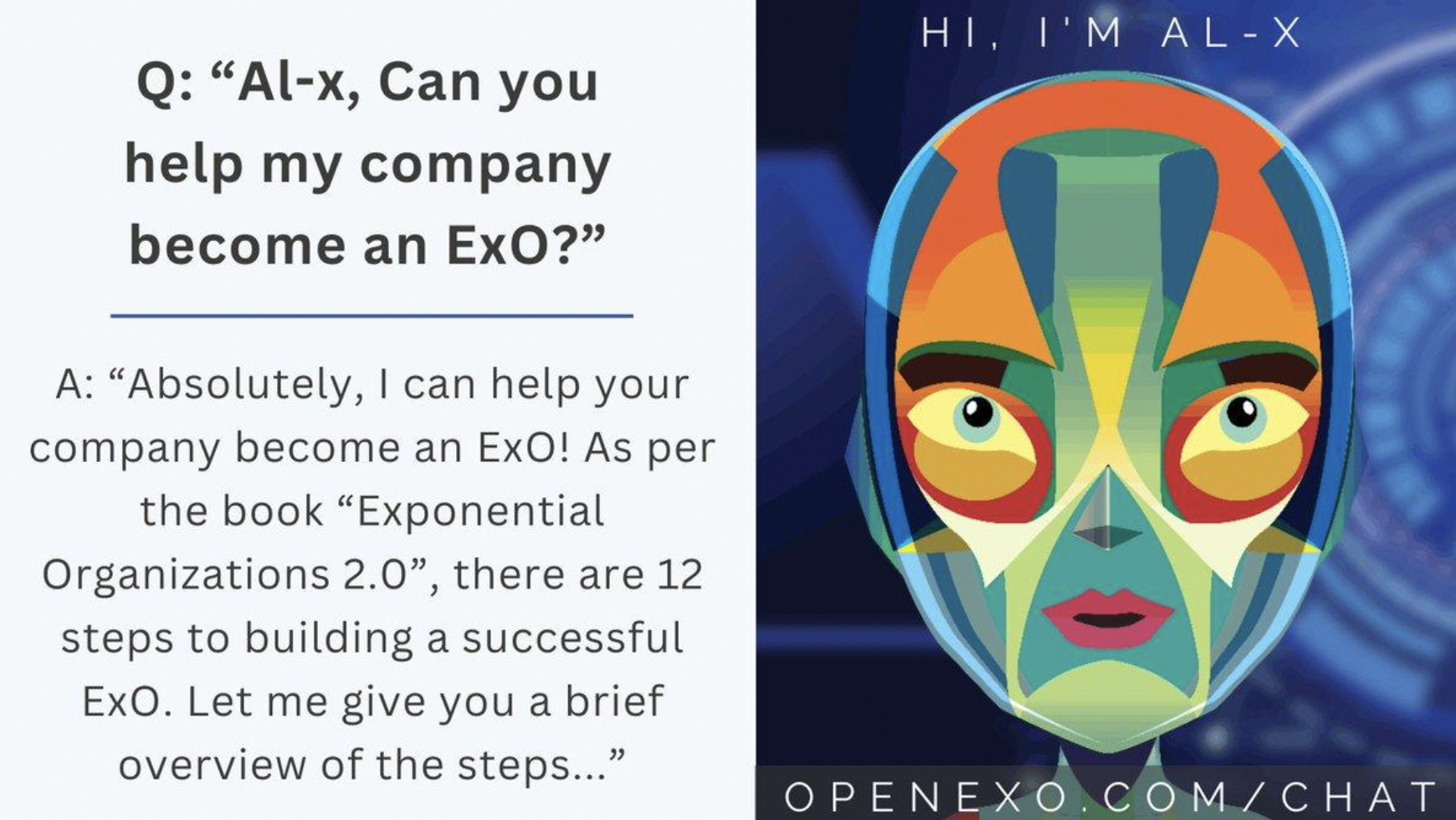
Designing to Scale
As cities grow and face increasing challenges such as climate change and housing loss due to disasters, innovative startups, and technology offer a glimmer of hope.
The world is becoming increasingly urbanized. Since 2007, more than half of the world's population has been living in cities, and it is estimated that by 2050, 7 out of 10 people will be likely to live in urban areas.
These cities and their metropolitan areas are engines of economic growth and contribute more than 80 percent of the global GDP. Still, they also account for about 70 percent of global carbon emissions and, among other things, generate slums, inadequate and overburdened infrastructure and services (such as waste collection and water and sanitation systems, roads, and transportation), which is worsening air pollution.
By 2050, the world's population is expected to reach 9.8 billion. It is estimated that almost 70% of this population will live in urban areas dealing with overcrowding, essential services, and public transport. Between 2015 and 2030, annual passenger traffic worldwide is expected to increase by 50%, and the number of cars on the road will likely double.
Faced with this reality, the UN included as the eleventh of its Sustainable Development Goals the goal of making cities and human settlements inclusive, safe, resilient, and sustainable by 2030. Some cities worldwide , especially in the Middle East and Asia, have already taken important steps in developing what are known as cities of the future.
According to experts, a city of the future is articulated with ten key principles in mind: water protection and security, 100 percent renewable energy, waste treatment, standards for organic agriculture and animal husbandry, transportation automation and high-speed trains, preservation of cultural and artistic heritage, accessibility and safety for people, infrastructure designed for pedestrians and limited for cars, and flexible working hours.
A city of the future can maintain continuity of services and functions during any crisis or stress while protecting and enhancing people's lives; it is resilient because it is designed considering the natural features and forces of the environment, protecting wildlife and natural resources.
Based on a unified regional vision, the city is compact and dense to limit impacts on the ecosystem. UN-HABITAT's City Resilience Profiling Program provides national and local governments with tools to measure and increase resilience to multiple hazards, including those associated with climate change.
Because due to climate change, disasters are becoming more frequent, and we must recognize that housing loss is preventable. By 2030, it is estimated that disasters will leave 14 million people homeless each year, meaning that need always outstrips supply. Dr. Elizabeth Hausler, founder, and director of an organization that prevents housing loss caused by disasters, see disaster-resistant housing as an urgent need and an incredible opportunity. We all need a safe home; a home that protects us from wind, rain, heat, and cold; a home safe from pests and theft; a home that is a financial asset. And it is possible to build houses to withstand these challenges; investing and making appropriate changes will help reduce the loss of life and homes.
In short, a smart city leverages technology to increase efficiency and improve the quality of services and the lives of its residents. It uses data and technology to make everyday life easier and better for the people who live and work in the city while maximizing the use of resources. Technology trends allow for creating spaces where humans and technology interact in a more connected, intelligent, and automated way.
This is where technology startups become relevant. Those who think that startups only generate jobs are mistaken. These companies can bring innovation to cities worldwide, as the digital technology sector has been outpacing other business segments over the last twenty years.
Startups are innovation and job machines, but they also produce generous revenues. Since the digital world has no geographical boundaries, startups can work from anywhere and the financial opportunities are limitless. Hundreds of cities around the world have already committed to reducing their carbon emissions to zero by 2050, a goal in which entrepreneurs will have a key role to play: identifying the business opportunities that will make it possible to design a sustainable and transparent city of the future, without sacrificing the standards of comfort and progress that set the spirit of today's major cities.
Have you ever wondered what makes each ecosystem special for startups? The answer is the quality of life and unique details each city can provide.
#urbanization #sustainability #smartcities #futurecities #UNSDGs #climatechange #resilience #innovation #startups #entrepreneurship #technology #qualityoflife #ecosystems #inclusivecities #renewableenergy #wastetreatment #transportation #infrastructure #housingloss

ExO Insight Newsletter
Join the newsletter to receive the latest updates in your inbox.









